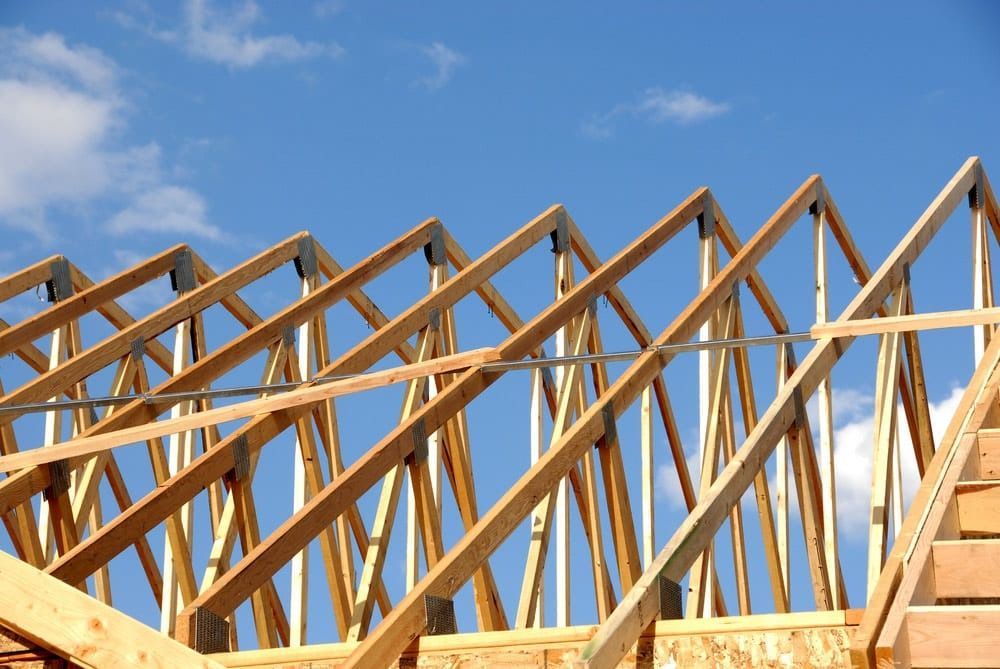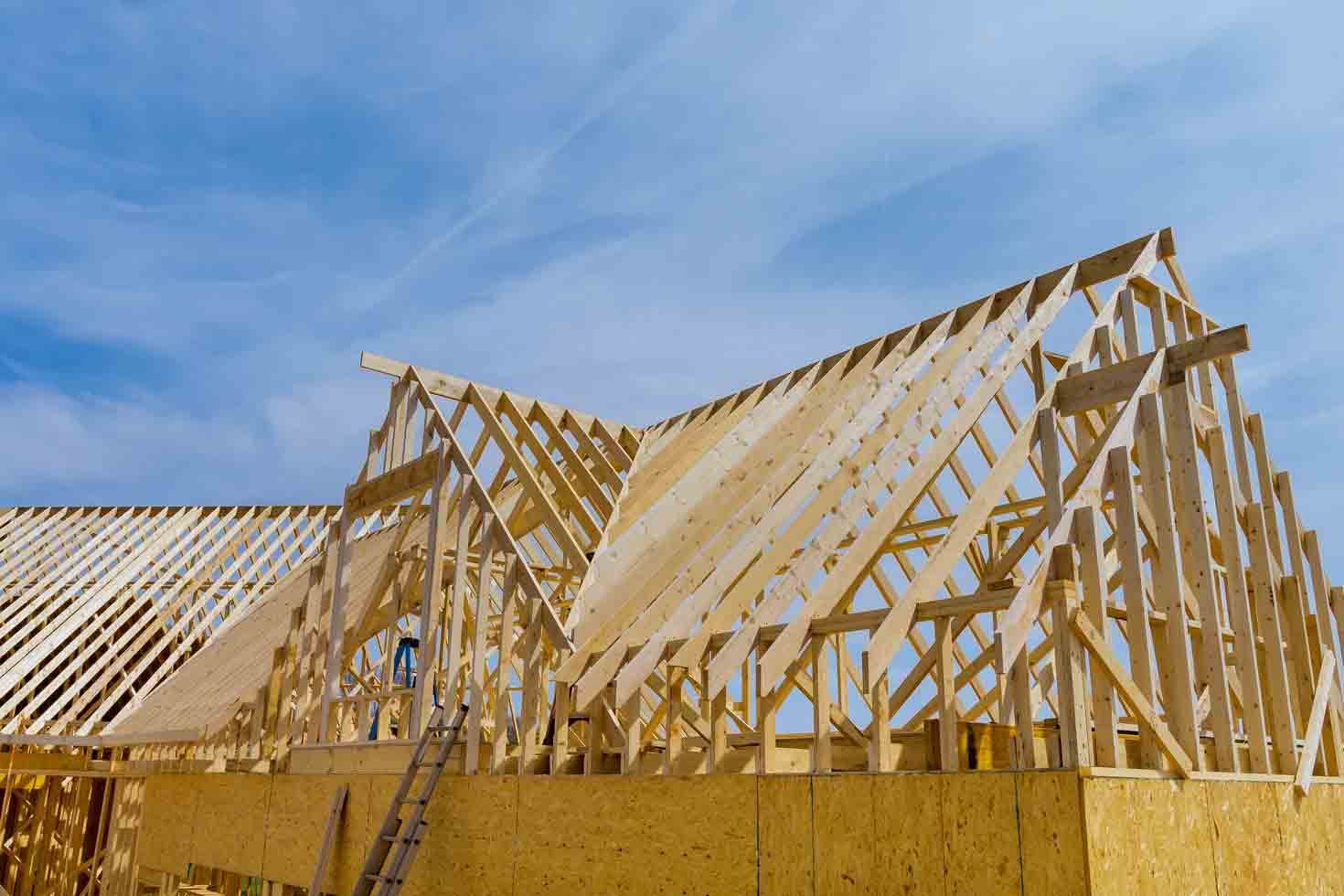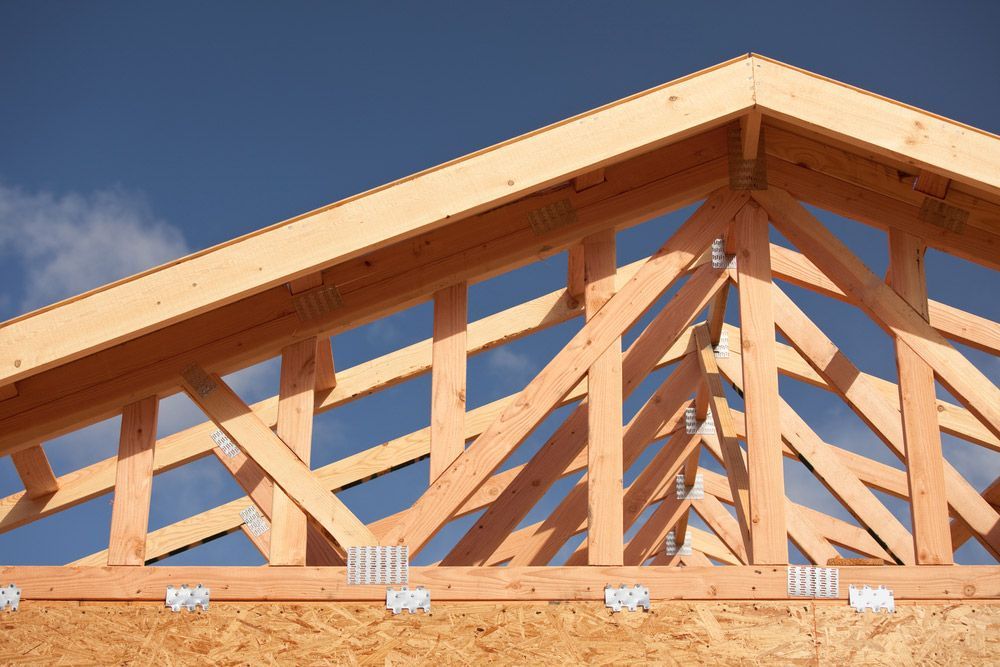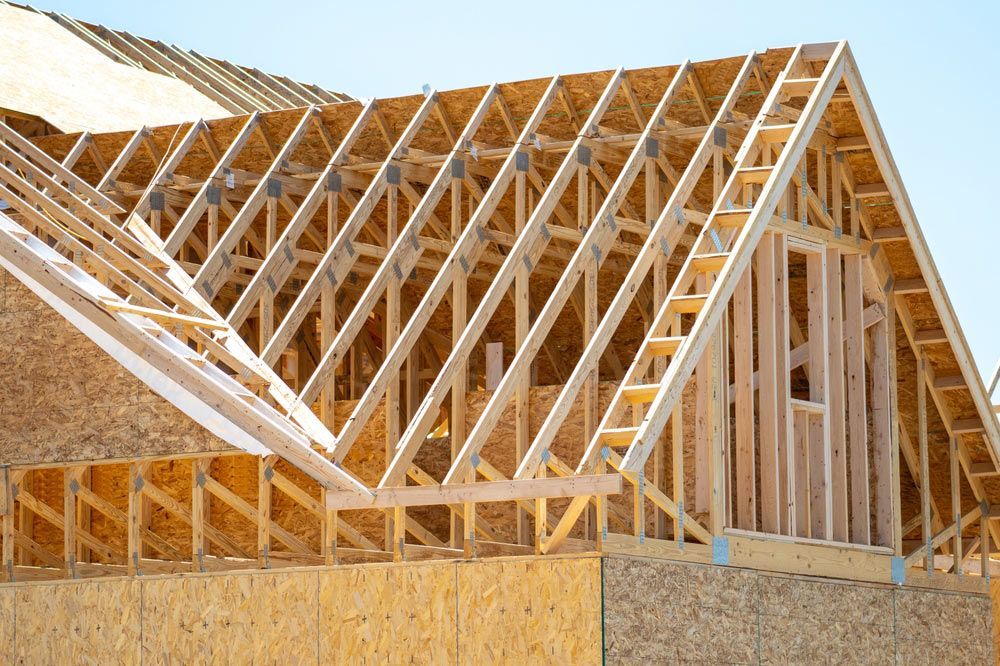Ultimate Guide To Roof Trusses
While most of us may never have heard of roof trusses before, they play a vital role in construction, providing extra layers of strength and security to a building. Suitable for both residential and commercial properties, we’ve compiled this ultimate guide to help you find the perfect match for your project. For everything timber roof trusses on the Sunshine Coast, please reach out to us!
In this blog, you’ll learn;
- What is a roof truss?
- Why are there different types of roof trusses?
- What are the different types of roof trusses?
- Benefits of Timber Roof Trusses
- Why Choose Timber Over Steel Roof Trusses?

What is a roof truss?
- A roof truss is a structural framework designed to provide support for a roof and bridge the space above a room.
Why are there different types of roof trusses?
- Put simply, because there are different types of roofs, there are different types of roof trusses. Made from timber, all trusses have a triangular design, but the shape and/or size of these vary.
- Based on the design of your roof, these differences allow for optimal added strength in areas where it’s needed most.
What are the different types of roof trusses?
Flat timber roof trusses
- Their triangular shape is used in construction to provide added strength and stability to a building. Flat timber roof trusses are a cost-effective and versatile solution for flat roof designs and can be adapted to suit a wide range of projects, from small extensions to large commercial buildings.
Gable timber roof trusses
- A popular choice for construction due to their strength and efficiency. Gable timber roof trusses are used in buildings with gabled roofs, where the roof slopes down from a central ridge to the walls on either side. The triangular design also creates additional space for insulation and ventilation, improving energy efficiency and comfort levels within the building.
Standard fink trusses
- One of the key benefits of standard fink trusses is their versatility. They can be adapted to suit a wide range of roof designs and can be used in buildings of all sizes, from small residential homes to large commercial buildings.
- Considered the most common roof truss, a standard fink adds support to a property with extra beams placed in the middle of the internal web (which is a W shape). It is the ideal truss for new buildings and/or extensions as it offers superior strength and stability.
Raised tie trusses
- Made in the same W shape as the standard fink, a raised tie truss creates a slightly smaller baseline for its triangle. This means that it is best suited to create sloping partitions in a room.
Scissor trusses
- Recognised by their resemblance to the blades of a regular scissor with the addition of beams running parallel to the regular triangular structure, this type of truss is the best fit for naturally sloping ceilings. In domestic buildings, they are used to add strength to the front or master bedrooms.
Attic trusses
- There are three variations of attic trusses: cantilevered eaves, standard overhang, and stubbed eaves. Each differs as a result of its shape.
- Cantilevered and standard overhang structures have blocks of timber sectioning off each right angle for added strength.
- True to its name, an overhang structure has elongated sides, marking the only difference between the two.
- Stubbed eaves, on the other hand, feature diagonal pieces of timber within the sectioned-off right angles.
- All are used in properties to transform attic spaces into living or storage areas, providing the extra internal strength necessary to do so safely.
Mono trusses
- Built as an isosceles triangle housing added timbered beams inside, all in a triangular shape, mono trusses are used in builds where there is one sloping direction. This makes it ideal for forming new roofs in both commercial and domestic projects.
Benefits of Timber Roof Trusses
When it comes to roofing, timber roof trusses offer a smart solution for both residential and commercial projects. Here are some of the key benefits of timber roof trusses:
- Strength and stability: Timber roof trusses are designed to provide extra support to a building, offering strength and stability.
- Durability: Timber is a naturally durable material, making timber roof trusses a long-lasting solution for roofing.
- Affordability: Compared to other roofing materials, such as metal or concrete, timber roof trusses are made from readily available materials, making them a cost-effective solution for builders and contractors.
- Environmentally friendly: Timber is a renewable and sustainable resource, making it an environmentally friendly choice for roofing. It is also biodegradable, reducing its impact on the environment compared to other roofing materials.
- Aesthetically pleasing: Timber roof trusses can add a touch of warmth and natural beauty to a building, making them a popular choice for residential properties. They can also be painted or stained to match the aesthetic of the building, providing a more cohesive and attractive look.
Why Choose Timber Over Steel Roof Trusses?
Investing in timber roof trusses is a smart choice for construction projects. With its renewable nature, it provides not only sustainability but also significant environmental benefits. The natural appearance of timber roof trusses enhances the surrounding environment, creating a warm and inviting atmosphere. Additionally, the natural insulation properties of timber help regulate the temperature inside the building, keeping it warm in the winter and cool in the summer. This not only improves the living or working experience but also helps to reduce energy costs.
When it comes to strength and durability, timber roof trusses are a top choice for buildings that need to stand the test of time. Made from sturdy materials, they are designed to last for many years, providing the necessary support and stability. Furthermore, compared to steel roof trusses, timber roof trusses are often more cost-effective during both installation and maintenance.
With all these benefits in mind, it’s clear why so many construction professionals and building owners choose timber roof trusses over steel. Whether you’re constructing a new building or extending an existing one, timber roof trusses are a great investment that provide not only functionality but also a natural beauty that is sure to impress.
Reach Out To Us Today!
At Leach Trusses, our friendly and professional construction experts are happy to answer any questions you have about roof trusses, so contact us today on 07 5494 1077 to learn more.







